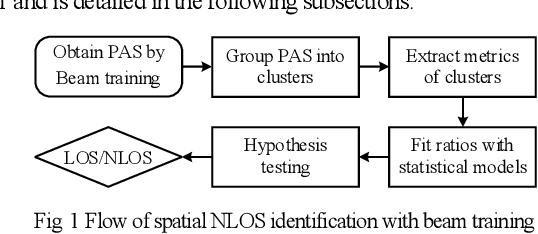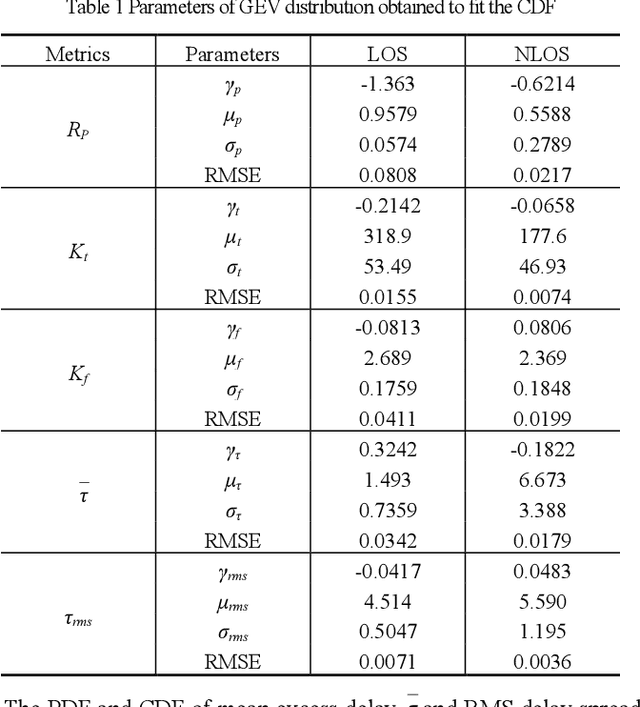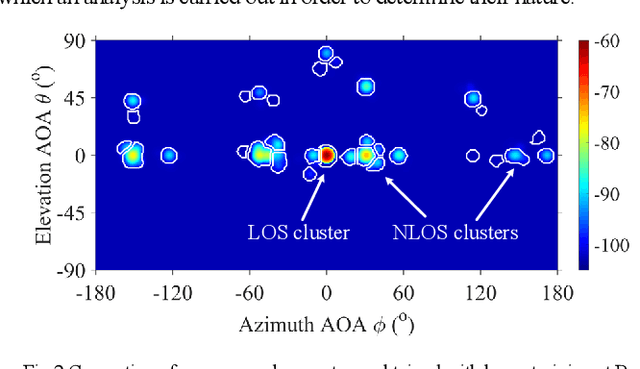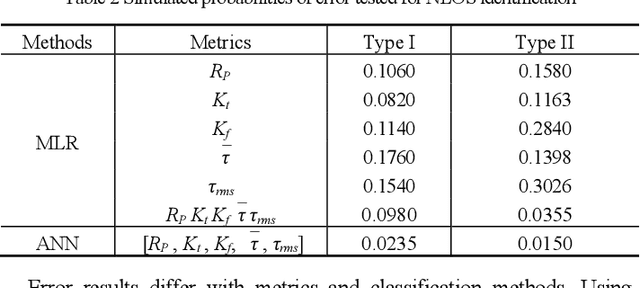Julien Sarrazin
A Spatial Data Focusing and Generalized Time-invariant Frequency Diverse Array Approach for High Precision Range-angle-based Geocasting
Feb 24, 2023Abstract:A novel unified frequency diverse array (FDA) and spatial data focusing (SDF) approach is proposed to simultaneously overcome time-variance and precision constraints of conventional FDA in geocasting, i.e., spatially confined broadcasting, scenarios. This paper describes a free space FDA-based SDF (FDA-SDF) system model for 2-dimensional range-angle-based focusing, including a generalized multi-purpose baseband approach for time-invariant FDA, complemented by SDF processing for improved spatial focusing precision and reduced array size. Comprehensive analytical derivations - general for any frequency offset configuration - describe the geographical FDA-SDF properties and design rules, such as geocast delivery zone steering, location, uniqueness, and size. Simulations of the proposed scheme validate theoretical derivations and demonstrate FDA-SDF's superior spatial precision and minimal design complexity. In particular, using novel alternating logarithmic frequency offsets, a 3-antenna FDA-SDF setup is shown to match the radial and azimuthal precision of its beamforming-based FDA counterpart using, respectively, 64 and 24 antennas.
Neural-Network-based NLOS Identification in Angular Domain at 60-GHz
Jul 20, 2021



Abstract:This paper introduces an identification method that determines whether a millimeter-wave wireless transmission using directional antennas is being established over a line-of-sight (LOS) or a non-line-of-sight (NLOS) cluster for indoor localization applications. The proposed technique utilizes the channel power angular spectrum that is readily available from a beam training process. In particular, the behavior of five different channel metrics, namely the spatial-domain, time-domain, and frequency-domain channel kurtosis, the mean excess delay, and the RMS delay spread, is analyzed using maximum likelihood ratio and artificial neural network. A noticeable difference between LOS and NLOS clusters is observed and assessed for identification. Hypothesis testing shows errors as low as 0.01-0.02 in simulation and 0.04-0.07 in measurements at 60 GHz.
 Add to Chrome
Add to Chrome Add to Firefox
Add to Firefox Add to Edge
Add to Edge